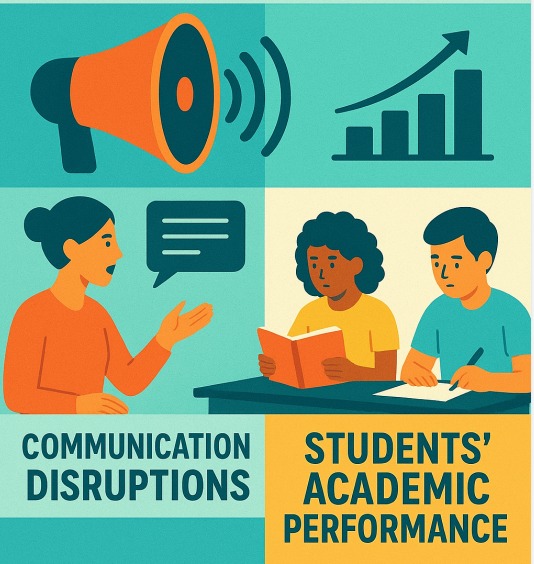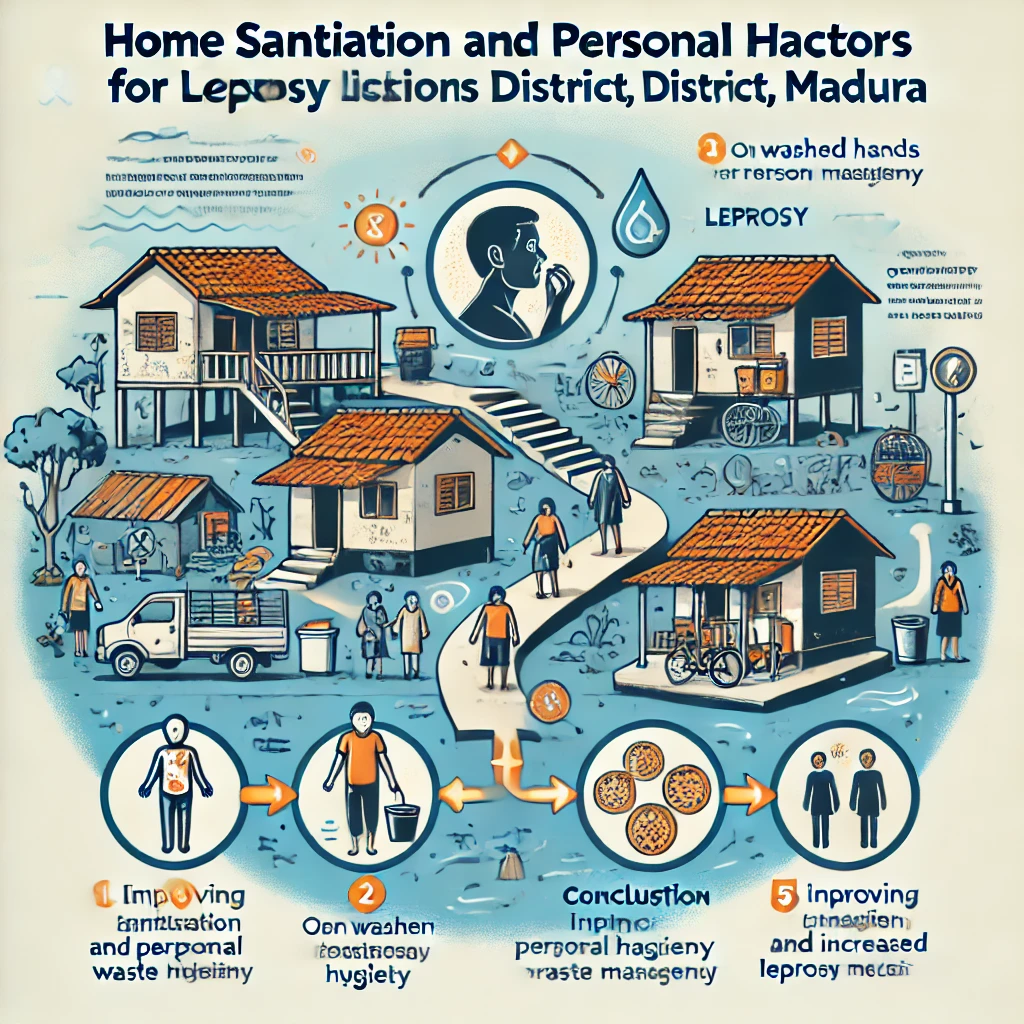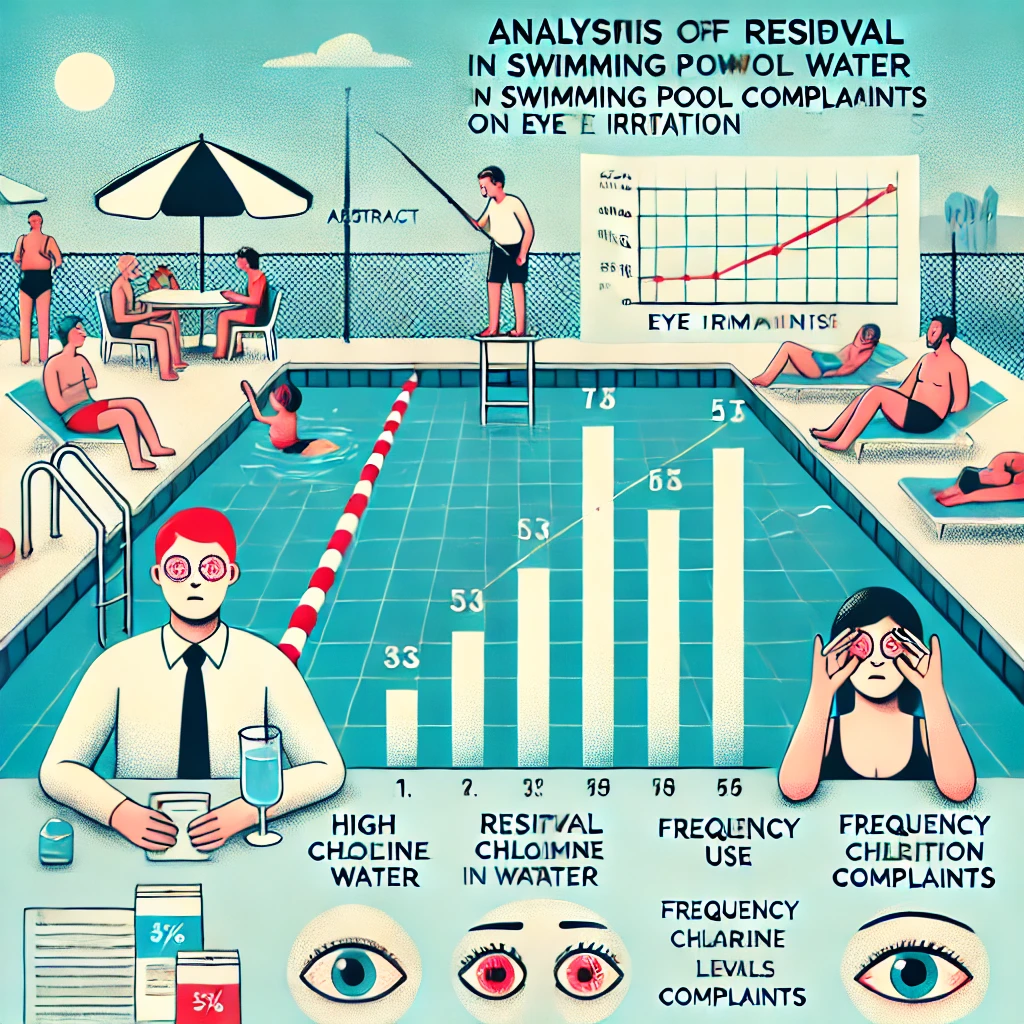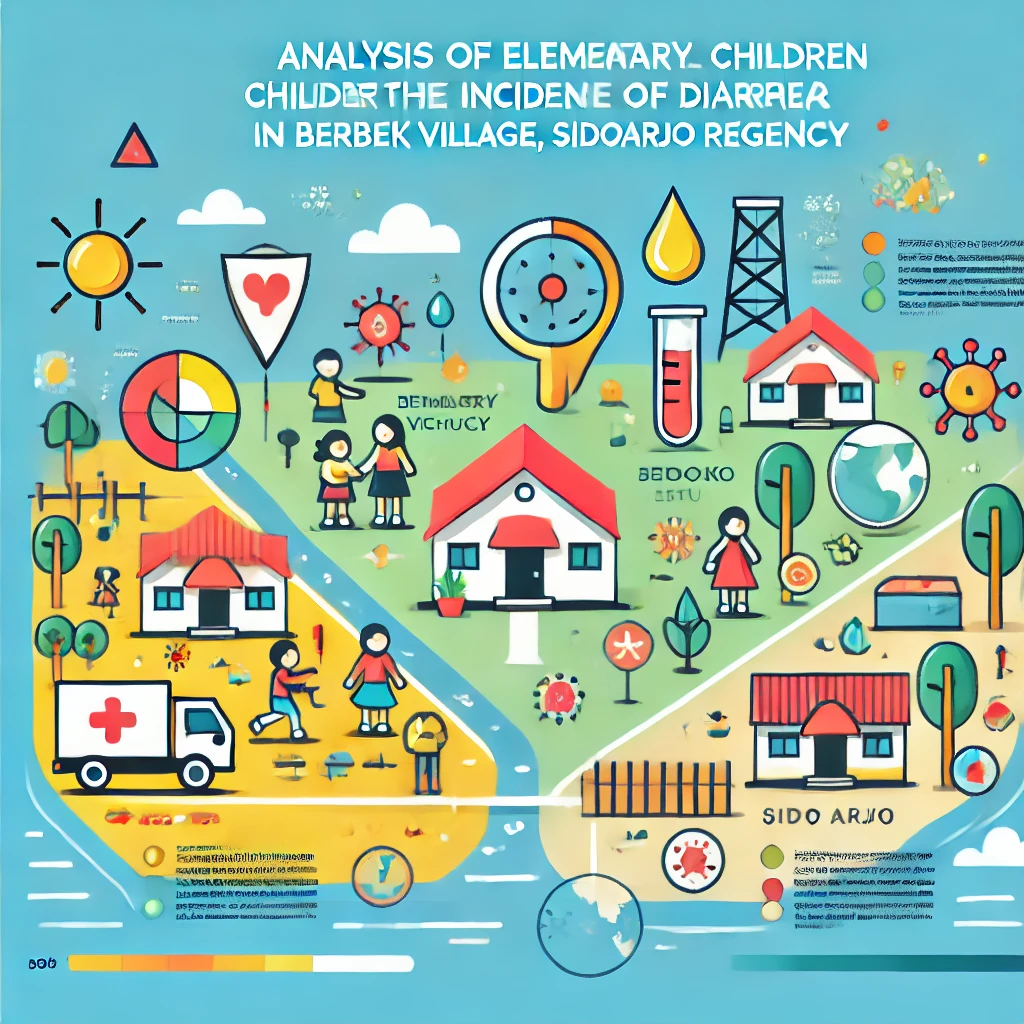Classroom Noise and Its Impact on Communication Disruptions and Students’ Academic Performance

Downloads
Noise in classrooms can disrupt communication between teachers and students, potentially affecting learning outcomes. Previous research indicates that noise exceeding environmental health standards may contribute to communication difficulties during lessons. This study aimed to analyze the effect of classroom noise and communication disruptions on students’ learning achievement. An observational analytic study with a cross-sectional design was conducted among 4th and 6th grade students at one of the elementary schools in South Surabaya. Noise levels were measured in the classrooms, and students were assessed for communication disruptions and learning achievement. Logistic regression was used for data analysis. All classrooms exceeded the environmental health noise threshold of 55 dB(A), with an average level of 67.45 dB(A). Noise was significantly associated with communication disruptions (OR = 5.118; p = 0.012). Classroom noise increased the risk of communication disruptions but did not directly affect students’ learning achievement. It is recommended to install soundproof partitions and double-glazed windows to reduce noise. Future studies should investigate the interaction between teaching methods and student achievement.
Copyright (c) 2025 Nur Maulidah Dina Rahmani, Rachmaniyah, Irwan Sulistio, Khambali, Sherawali

This work is licensed under a Creative Commons Attribution 4.0 International License.




















